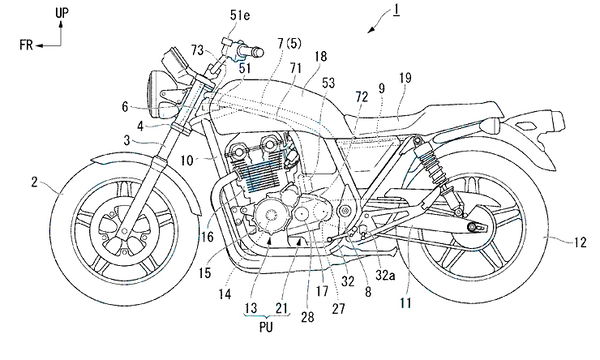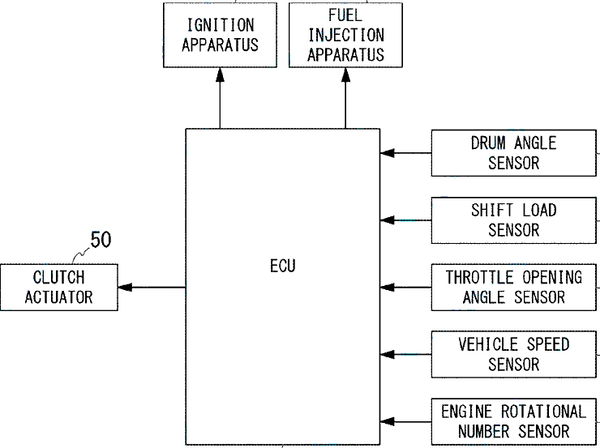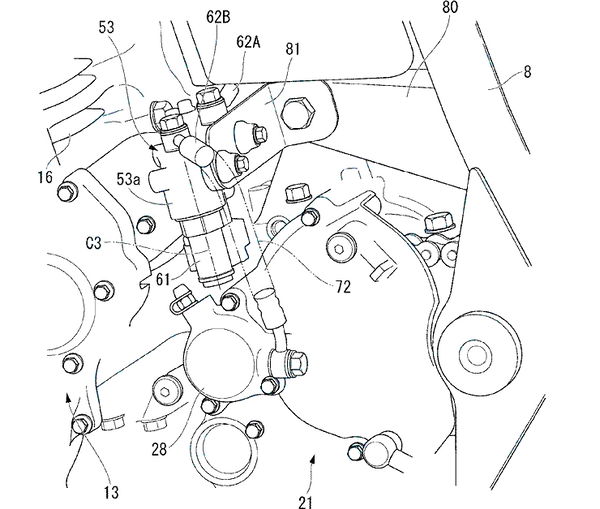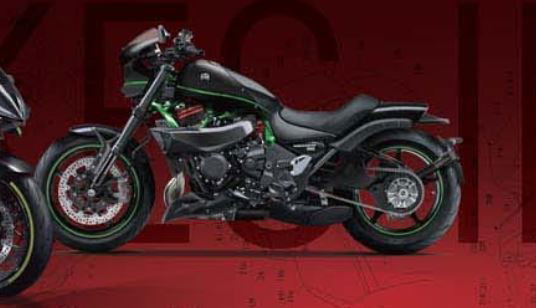Honda patent semi-automatic system for CB1100
The system is more like the Hondamatic system of the mid-seventies and less complex than the Honda DCT set-up

HONDA could be about to take the CB1100 retro motorcycle back to the seventies, as they patent a semi-automatic system similar to the Hondamatic.
Ditching the DCT may seem like a strange thing to do, after all, Honda are the master of the DCT and already have a fully functioning system in-house and ready to go. But DCT does have its drawbacks; it’s quite weighty (costing around 10kg in the case of the Africa Twin) and it’s complex. The new system is neither of these things, in fact, its simplicity is almost very un-Honda-like!

The set up uses a conventional six-speed gearbox, just like the stock CB1100. The clever tech about this system is that it has no clutch lever for the rider to pull and then release when they want to ride away. Instead, an actuator located above the clutch slave cylinder is what is used to release the clutch. The patent doesn’t confirm as to how the system knows when to engage the clutch, although as it is connected to the bike’s ECU it’ll most likely work from a pre-set rpm threshold.

Once the bike is in motion, the task of changing up and down the box is pretty simple – hook up a conventional quickshifter and blipper and away you go.

Why is Honda looking at this system?
Honda has been a big fan of the semi-auto box on motorcycles for many years now, putting billions of ¥en into the DCT system along the way. Their faith that DCT, and auto/semi-auto boxes, in general should work on bikes two if probably something that’s dripped down through making cars, where almost as many auto-gearbox cars are sold per year as manual cars.
While it would have seemed simple to convert the already functioning DCT system and slot it into the CB1100, it wouldn’t really be in keeping with the rest of the bike. DCT is high-tech, rocket science stuff, this system isn’t. It’s simple engineering to solve a fairly complex problem, the question of if it will catch on is a much trickier puzzle to work out.












